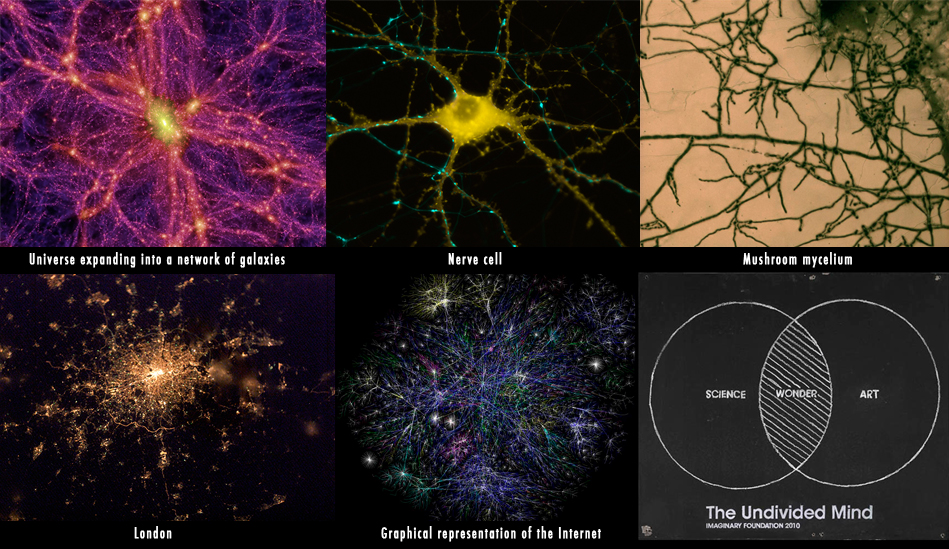What do you at work all day? If the answer is “go to meetings and respond to emails,” you are just like the many respondents interviewed by innovation expert Lisa Bodell. That response is remarkably consistent, she says, no matter the country or level of employment, suggesting that global work culture has become homogenized by international markets and communications technology.
Of course nobody’s primary interest in their career is attending meetings and answering emails. People want to do meaningful work, and when rote tasks stand in their way, both the organization and individual job satisfaction suffer. The solution, says Bodell, is simplicity. But simplicity means more than minimalism, and simply stripping processes down doesn’t guarantee real simplicity, which is defined by four key components:
First, be as minimal as possible, meaning get rid of extraneous parts. If you have a weekly meeting, can you do it biweekly? If you answer emails throughout the day, can you reserve one half hour in the morning and one in the afternoon, allowing the rest of your time to be spent doing meaningful work?
Second, be as understandable as possible. Confusing email chains and unspecific instruction can waste employees’ valuable time, so be clear with your instruction and responses, and if you don’t know the answer, simply say you’ll revisit the issue at a later time.
Third, be repeatable as possible. As Bodell says: “You want teachers to make things repeatable in a classroom so we benefit from best practices. You want pilots, no matter what cockpit they go into to have the same experience so that they can fly the plane.”
Finally, be as accessible as possible. Transparency is a good way to win customers and, in our age of democratized media, leveraging the power and wisdom of the crowd by creating open-source products is a way to scale innovation.
Lisa Bodell’s book isWhy Simple Wins.






